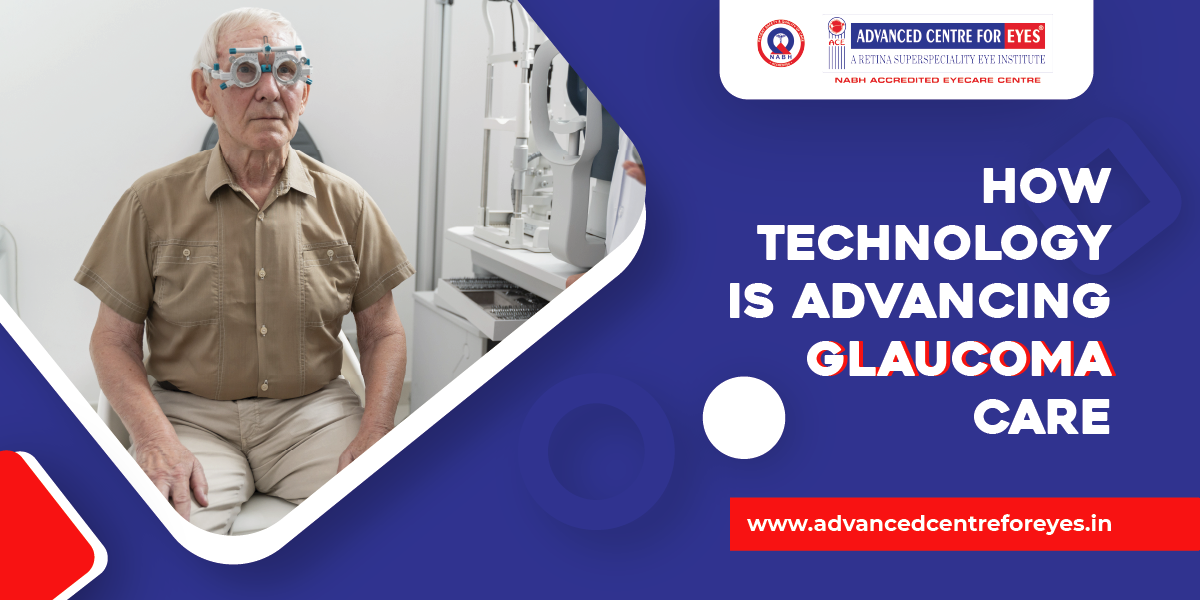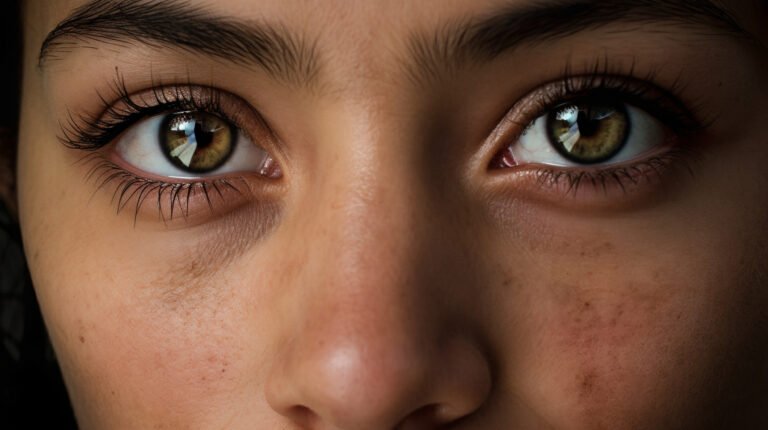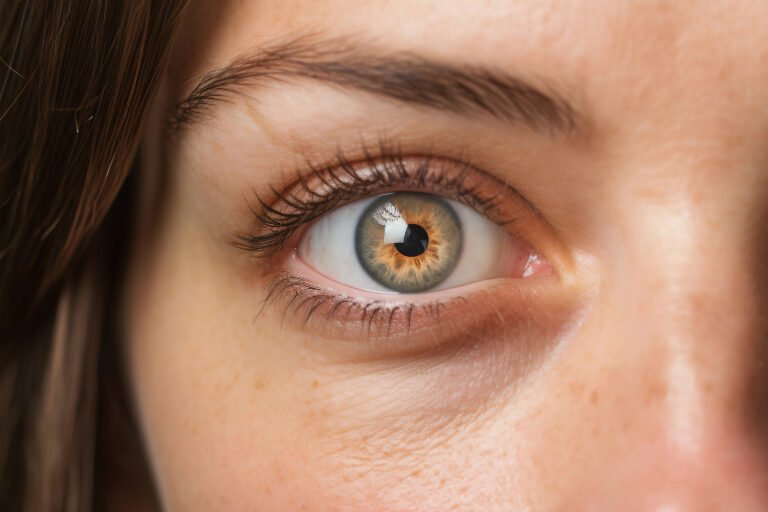How Technology is Advancing Glaucoma Care
Glaucoma is a very important topic when it comes to our eyes. It is an eye disease that can cause people to lose their sight if not treated on time. Many children might not know about it because it mainly affects older people. But as technology is improving, doctors and scientists are finding better ways to treat glaucoma. Today, we are going to learn about how technology is helping to take care of glaucoma and making life easier for those who suffer from it.
In places like the Glaucoma hospital in Ludhiana, new machines and tools are used to help people with glaucoma. This makes sure they get the best treatment. Let’s take a look at how these advancements in technology are helping in glaucoma care!
What is Glaucoma?
Before we dive into the technology, let’s understand what glaucoma is. Glaucoma is a condition that affects the eyes, particularly the optic nerve, which helps us see. When someone has glaucoma, the pressure inside their eye increases. If it is not controlled, it can damage the optic nerve and lead to vision loss. Over time, this can make it hard for a person to see clearly, and in the worst cases, it can lead to blindness.
Although it sounds scary, the good news is that with early detection and proper care, doctors can manage glaucoma and prevent serious vision problems. This is why visiting a good Glaucoma hospital in Ludhiana is so important for people who might have this condition.
Technology Helping Early Detection of Glaucoma
One of the most important steps in fighting glaucoma is detecting it early. The sooner doctors know about it, the better they can treat it. In the past, doctors used simple tools to check for glaucoma, but now there are advanced machines that can detect the problem much faster.
- Optical Coherence Tomography (OCT)
OCT is a special machine that takes very detailed pictures of the inside of the eye. With these pictures, doctors can see the optic nerve and check if it is healthy or damaged. This machine is very helpful because it can detect glaucoma even before the person starts noticing any vision problems. - Visual Field Test
Another amazing tool is the visual field test. This test helps doctors understand how much of a person’s vision is affected by glaucoma. The test checks how well a person can see in different directions, which is important because glaucoma often affects side vision first.
Thanks to these technologies, doctors at the Glaucoma hospital in Ludhiana can detect glaucoma much earlier than before. This early detection gives them more time to stop the disease from getting worse.
Advanced Treatments for Glaucoma
Treating glaucoma can be a bit tricky because it often doesn’t show symptoms until it has progressed. Luckily, technology has also made treatments more effective and less painful.
- Laser Treatments
Laser treatments are becoming a popular option for people with glaucoma. In this treatment, doctors use a laser to make tiny openings in the eye, which helps drain out excess fluid and reduce pressure in the eye. This is called laser trabeculoplasty. It is a quick and painless procedure that can be done in the doctor’s office. - Minimally Invasive Glaucoma Surgery (MIGS)
Another great advancement in glaucoma care is the development of MIGS. Unlike traditional surgery, MIGS uses very small tools and tiny cuts to reduce eye pressure. This means the surgery is safer, recovery is faster, and there is less chance of problems afterward.
These advanced treatments are used in many top hospitals like the Glaucoma hospital in Ludhiana. They help doctors take better care of their patients and ensure the best results with minimal discomfort.
Smart Eye Drops
Did you know that even eye drops are getting smarter with technology? Eye drops are often the first step in treating glaucoma. They help reduce eye pressure and keep the disease under control. However, some people forget to take their eye drops on time or might not use them properly.
Now, there are smart eye drop dispensers that remind patients when to take their drops and even make sure the right amount is used. Some dispensers are connected to an app on a phone, which keeps track of the patient’s usage. This is a big help, especially for older people who might have trouble remembering their medications. Patients who visit the Glaucoma hospital in Ludhiana can now benefit from these smart eye drops and tools, making it easier to manage their glaucoma.
Artificial Intelligence (AI) in Glaucoma Care
Artificial Intelligence, or AI, is like a super-smart robot that can help doctors by learning from lots of information and data. In glaucoma care, AI is being used to study images of the eyes and help doctors find signs of glaucoma even faster. It can look at thousands of pictures and tell the doctor if something is wrong.
AI can also help predict how quickly the disease might progress. This way, doctors can create a special treatment plan for each patient based on their unique needs.
At the Glaucoma hospital in Ludhiana, doctors are starting to use AI to improve how they diagnose and treat glaucoma. This means patients can get the best care possible, tailored just for them.
Telemedicine for Glaucoma Patients
Sometimes, it can be hard for patients to visit the doctor often, especially if they live far away. But with telemedicine, patients can now talk to their doctors online without leaving their homes. This is very helpful for people who need regular checkups but cannot always travel to the hospital.
Using video calls, patients can talk to their doctor, share their symptoms, and get advice on their treatment. The doctor can even look at test results online and suggest changes to the treatment if needed.
The Glaucoma hospital in Ludhiana is using telemedicine to make sure that their patients can stay in touch with their doctors, no matter where they are. This makes glaucoma care more convenient for everyone.
Robotic Surgery
Robotic surgery sounds like something from the future, but it is already happening today! Robots are being used in many types of surgeries, including those for glaucoma. In robotic surgery, the doctor controls the robot, which performs the surgery with great accuracy. Because the robot can make tiny, precise movements, the surgery becomes safer and the recovery time is shorter.
For patients at the Glaucoma hospital in Ludhiana, robotic surgery is becoming a great option, especially for those who need complex eye surgeries.
Gene Therapy: The Future of Glaucoma Care
One of the most exciting advancements in glaucoma care is gene therapy. Scientists are studying ways to change or repair the genes that cause glaucoma. By doing this, they hope to find a way to stop the disease from developing in the first place.
Gene therapy is still in the early stages, but it holds great promise for the future. If successful, it could provide a permanent cure for glaucoma, so people wouldn’t have to worry about losing their sight.
At the Glaucoma hospital in Ludhiana, doctors are keeping a close eye on these developments and are excited to see how gene therapy could change the way they treat glaucoma in the future.
Conclusion
Technology is playing a huge role in improving glaucoma care. From early detection tools like OCT and visual field tests to advanced treatments like laser surgery and MIGS, doctors now have more ways to help patients manage their glaucoma. The use of AI, smart eye drops, and telemedicine is making glaucoma care more convenient and personalized. And with exciting developments like robotic surgery and gene therapy, the future of glaucoma care looks brighter than ever.
If you or someone you know is worried about glaucoma, visiting a good Glaucoma hospital in Ludhiana can make all the difference. With the latest technology and expert care, glaucoma can be managed effectively, helping people keep their sight for many years to come.
Read More – Best Glaucoma Hospital in Ludhiana:Advanced Centre for Eyes








